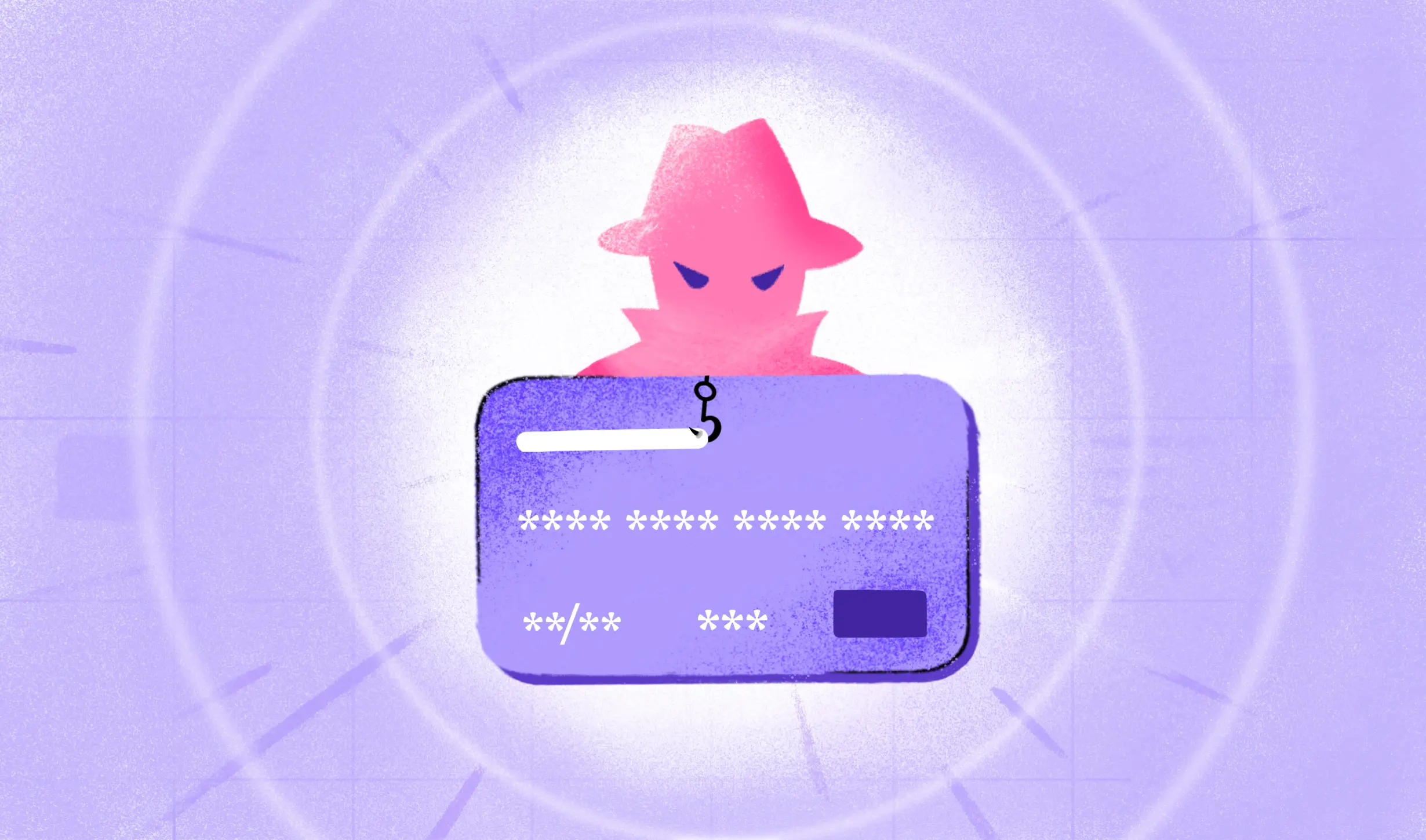Educational institutions deal with confidential data, such as student’s personal and financial information. This makes them a target for cybercriminals who sell such data on the black market or commit other types of fraud. In 2018, more than 300 universities globally witnessed a cyber-attack by 9 Iranian hackers. According to various reports, almost 31 terabytes of valuable data and property were exposed.
This blog highlights a common type of fraud in education sector, some examples, and how educational institutes can prevent such fraud.
Common Types of Fraud in Education Sector
Malware Attacks
One of the most common types of fraud in education is malware attacks, wherein an unwanted malicious application is installed on the user’s device. Microsoft Security Intelligence states that out of the total cybercrimes in the education industry, 64% were malware attacks.
Such incidents have become more common because of the online learning model the students are following. Students often use personal devices and unsecured networks to log in to systems and end up being attacked by cybercriminals leading to synthetic ID fraud, child identity theft, etc.
Social Engineering Attacks
Social engineering attacks are another common type of fraud in education sector that involves psychological manipulation. It’s usually a phishing email wherein the recipients are asked to share their sensitive information in exchange for help.
For instance, during the pandemic, several individuals were asked to share their personal information via emails stating COVID protocols as the reason.
Student Loan Fraud
In student loan fraud, students are the culprits. They falsely declare their income status and use someone else’s ID to gain access to funds. Recently, Feds in California stated that 65,000 fake students had applied for financial aid at several community colleges.
Fake Scholarships
Like student loan frauds, students sometimes fake their identities to apply for scholarships to avail of a hefty discount on their academic fees. However, students also become a victim of this scam. For instance, scammers reach out to students via email, text message, etc. and make their scholarship offers, and redirect them to shady websites where they capture credit card information.
Identity Thefts
Fraudsters steal the students’ personal information, combine it with fake data, and generate new IDs to avail of financial benefits. Also, students primarily use social security numbers (SSNs) as an ID at institutes, much sought-after information criminals use for committing crimes.
Examples of Fraud in Education Sector
Here are some common examples of fraud in education sector:
- A ransomware attack named Netwalker impacted Utah University, Michigan State University, and Columbia College in August 2020. Ransomware is a program installed into the user’s computer that corrupts all the files by adding an extension to the file. The files can be opened with a key that the attacker shares only when they get the ransom, which was millions of dollars in this case.
- Another similar incident impacted the University of California by a criminal gang in March 2021; they stole students’ personal information and even threatened to leak it across the internet.
How can Educational Institutes Prevent Such Fraud?
Here’s what institutes can do to prevent fraud in education sector:
- Institutes must use automated security solutions to protect academic records, student portals, and online databases.
- They should also invest in AI-Powered ID verification solutions such as HyperVerge to detect fraudulent enrollments and ensure only genuine students get access to the system.
- Institutes must educate the faculty about basic practices, such as not opening any suspicious links that might be phishing.
- Document authentication solutions must be used by authorities to verify the ID of students before issuing loans to students.
- Biometric verification solutions such as Facial verification should replace regular passwords to maximise security.
FAQs
Why is fraud in education sector on the rise?
Educational institutes and other entities in this sector deal with confidential information, which is immensely valuable to hackers. Plus, such institutes don’t have stringent security measures, making them an easy target.
How can I prevent fraud in education sector?
Yes, educational institutes can effectively deal with fraud by following stringent security measures like the ones mentioned and by integrating ID verification solutions such as HyperVerge.

 US
US
 IN
IN









